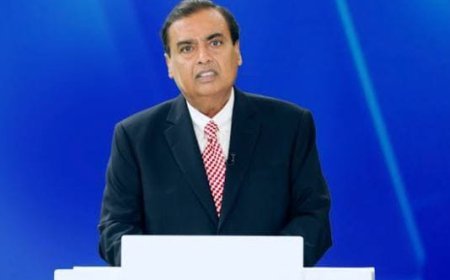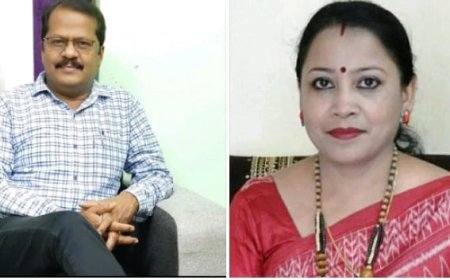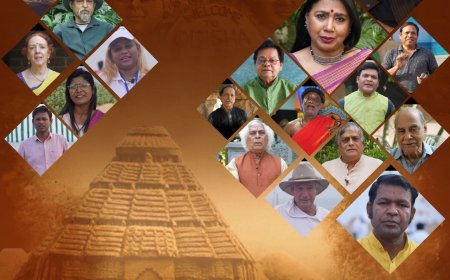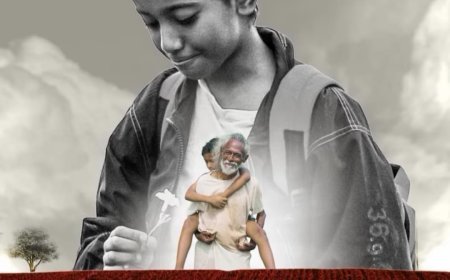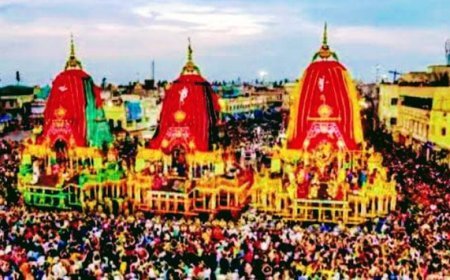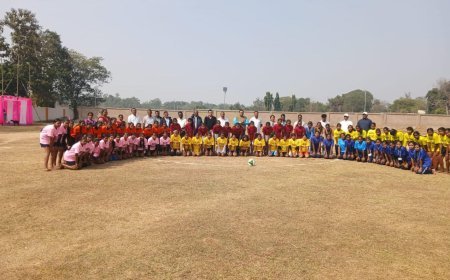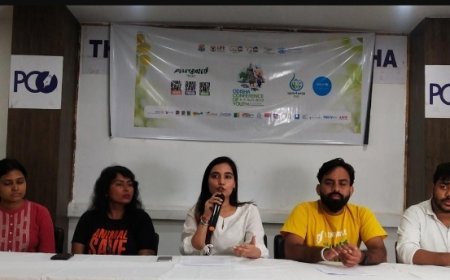India: The Paradox of Progress
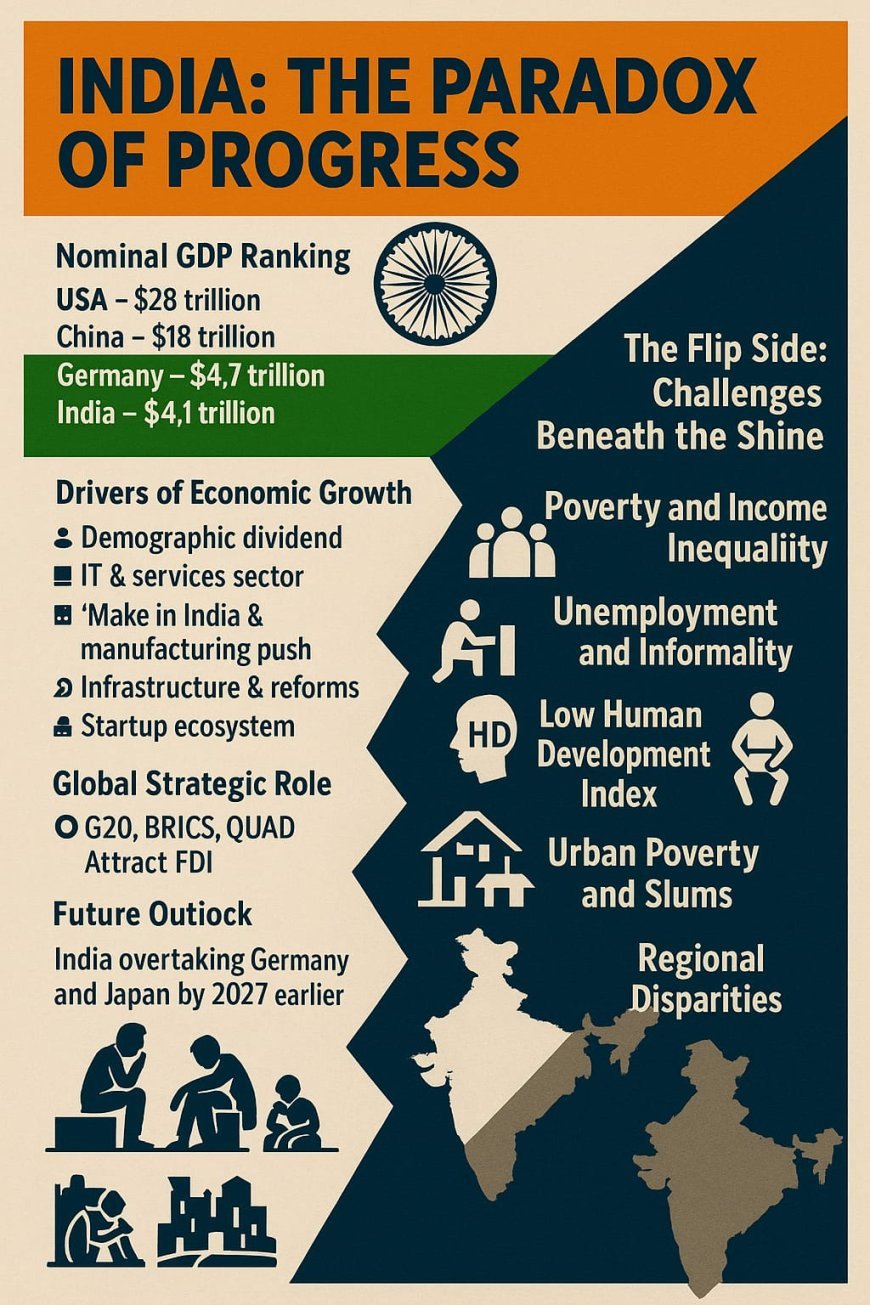
As of 2024–2025, India is recognized as the fourth-largest economy in the world by nominal GDP, following the United States, China, and Germany. This remarkable rise, acknowledged by institutions like the International Monetary Fund (IMF) and the World Bank, underscores India's growing influence in global economics.
1. India’s Economic Rise: The Bright Side
Nominal GDP Ranking
Nominal GDP measures the total value of goods and services produced at current prices. According to the IMF World Economic Outlook (April 2024):
USA: ~$28 trillion
China: ~$18 trillion
Germany: ~$4.7 trillion
India: ~$4.1 trillion
This positions India at 4th place globally in nominal GDP terms.
Purchasing Power Parity (PPP)
India fares even better in PPP terms, which account for cost of living and inflation:
1. China
2. USA
3. India
Reinforcing India’s economic might and consumer potential.
Drivers of Economic Growth
Demographic dividend: A young, dynamic population fuels productivity and consumption.
IT & services sector: India leads in IT services, BPO, and software exports.
'Make in India' & manufacturing push: Strengthening self-reliance and exports.
Infrastructure & reforms: GST, UPI, Digital India, Gati Shakti, and PLI schemes boost business efficiency.
Startup ecosystem: India has the third-largest startup base in the world.
Global Strategic Role
India is a key player in G20, BRICS, QUAD, and global trade.
Attracts substantial Foreign Direct Investment (FDI).
Participates actively in geopolitical and supply chain discussions.
Future Outlook
Financial giants like Goldman Sachs and Morgan Stanley forecast that India will overtake Germany and Japan to become the third-largest economy by 2027 or earlier.
> India's growth rate of 6–7% annually remains one of the highest among major economies.
The Flip Side: Challenges Beneath the Shine
While the macroeconomic picture is impressive, it does not fully reflect the lived realities of millions of Indians. Size doesn't always equate to well-being.
1. Poverty and Income Inequality
Millions still live in multidimensional poverty, especially in rural and tribal belts.
According to Oxfam (2023):
The top 10% hold over 70% of the country’s wealth,
While the bottom 50% own just 3%.
2. Unemployment and Informality
Urban youth unemployment hovers around 15–17%.
Over 90% of India’s workforce is in the informal sector, lacking job security, pensions, or health benefits.
Many are underemployed, working below their qualification level.
3. Low Human Development Index (HDI)
India ranks 134 out of 193 countries on the UNDP HDI Report 2023.
Despite progress in literacy and life expectancy, education quality, public healthcare, and income equality are lagging.
4. Hunger and Malnutrition
Ranked 111 out of 125 in the Global Hunger Index 2023 — categorized as “serious”.
High levels of child malnutrition and stunting persist in states like Bihar, UP, and Jharkhand.
5. Urban Poverty and Slums
Rapid urban growth has created slums with inadequate housing, sanitation, and drinking water.
Cities like Mumbai and Delhi struggle to balance development with basic civic amenities.
6. Regional Disparities
While states like Kerala, Tamil Nadu, Gujarat, and Maharashtra show stronger development,
Odisha, Bihar, Chhattisgarh, UP, and Jharkhand continue to face challenges in infrastructure, education, and health access.
Conclusion: A Tale of Two Indias
India’s economic journey is real, remarkable, and inspiring, but it is also uneven and incomplete.
On one hand:
A global economic rank of #4.
Robust growth, innovation, and international presence.
On the other:
Deep-rooted poverty, unemployment, inequality, and regional imbalance.
> True progress is not just measured in trillions of dollars, but in how many lives rise from hardship.
What This Means for Us
GDP alone is not progress.
Growth must be inclusive, not just impressive.
The real success will come when every Indian, regardless of geography or income, experiences the benefits of development.
Let us celebrate India’s economic ascent, but also commit to building a more just, equitable, and humane nation.
???????? Jai Hind.
Sanjay Pattnayak, Sundargarh






